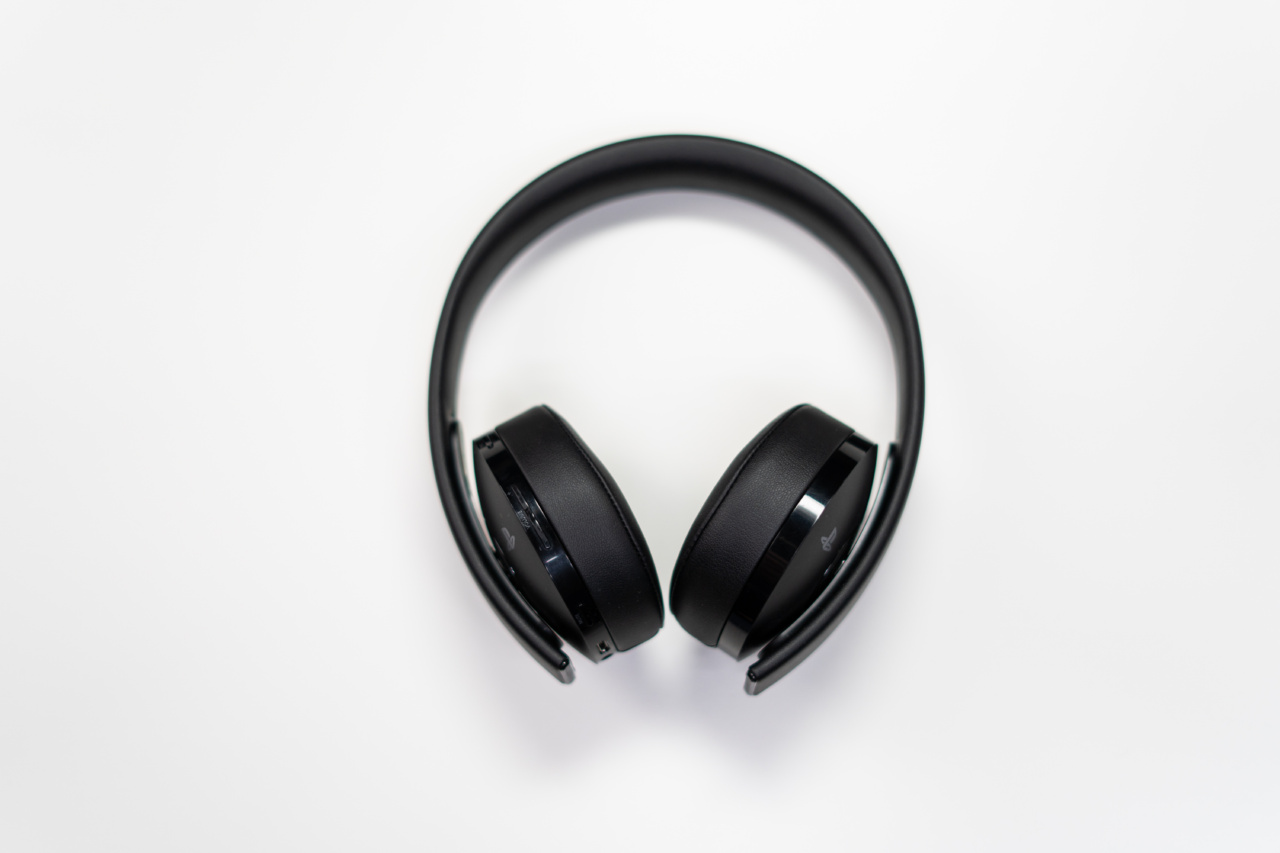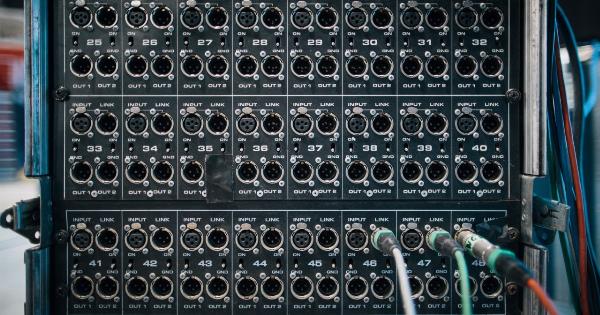Sneezing is a universal bodily function that knows no cultural or geographical boundaries. It is a natural reflex that helps protect our bodies from irritants and foreign particles.
While sneezing may seem like a simple act, the sound it produces can vary greatly across different regions of the world. In this article, we will explore the fascinating world of sneezing sounds and uncover the “flawless” sound of sneezing all over the globe.
The Science Behind Sneezing
Before diving into the unique sounds of sneezing, it is essential to understand the science behind this reflex. Sneezing is primarily triggered by irritation in the nasal passages. It is an involuntary response mediated by the nervous system.
When irritants, such as dust, pollen, or pathogens, enter our nose, the sensory receptors stimulate the trigeminal nerve, sending signals to the brain. In response, the brain coordinates muscular contractions, causing a forceful expulsion of air and nasal secretions through the nose and mouth.
Regional Variations in Sneezing Sounds
Despite the consistent physiological process of sneezing, the resulting sound can vary from person to person and across different regions.
Various factors influence the acoustic characteristics of sneezes, including the anatomy of the individual’s respiratory system, vocal cords, and even cultural influences.
Sneezes Around the World
Let’s take a global tour and uncover the diverse sneezing sounds from different parts of the world.
1. North America
In North America, sneezing sounds tend to be characterized by a sharp, quick burst of air followed by a nasal tone.
The sound is often described as “achoo.” While there is no significant variation in sneezing sounds within North America, individual differences may arise due to factors such as vocal cord tension and breathing patterns.
2. Europe
Europe exhibits a range of sneezing sounds influenced by cultural and linguistic factors.
In Western Europe, sneezes often produce a sound resembling “atchoo” or “hatchoo.” In contrast, sneezes in Eastern Europe may sound more like “hapciu” or “hapchoo.” These variations can be attributed to differences in language phonetics and cultural norms surrounding sneezing.
3. Asia
Asia is an extensive continent with diverse cultures and languages, consequently leading to variations in sneezing sounds. In many Asian countries like China and Japan, sneezing is often associated with polite behavior.
Sneezing sounds in these regions are usually softer, muffled, and discreet. In India, sneezing sounds may be louder and more explosive, reflecting the vibrant cultural expression.
4. Africa
Africa, with its rich cultural diversity, showcases a range of sneezing sounds. In many African languages, onomatopoeic terms are used to describe sneezing sounds.
For instance, in Swahili, a sneeze is often represented as “achumba.” The sounds can range from soft and suppressed to more pronounced and forceful, depending on the individual and cultural context.
5. South America
The sneezing sounds in South America exhibit variations similar to those found in North America. However, there may be some distinct regional differences.
In countries like Brazil, sneezes are often described as “atchim” or “hospedum.” The vibrant Latin American culture may also influence the vocalization of sneezing sounds, resulting in slightly different acoustic patterns.
Why Do Sneezes Sound Different?
While cultural and environmental factors play a significant role in shaping regional sneezing sounds, individual variations also come into play. Several factors can influence why one person’s sneeze sounds different from another:.
1. Anatomy and Physiology
Each individual has a unique nasal cavity, vocal cord structure, and respiratory system, which can contribute to variations in sneezing sounds.
2. Force of the Sneeze
The force with which a person sneezes can affect the sound produced. A more forceful expulsion of air can result in a louder or more explosive sneeze sound.
3. Cultural Influence
Cultural norms and expectations surrounding sneezing can influence the way individuals vocalize their sneezes. Certain cultures may encourage more subdued or polite sneezing, while others may not have any specific etiquette associated with it.
4. Biological and Genetic Factors
Some studies suggest that genetics could play a role in the sound of a person’s sneezes. Genetic variations may impact the muscle contractions and airway structure involved in sneezing, leading to differences in sound.
Conclusion
Sneezing, a seemingly mundane bodily function, reveals an intriguing range of sounds across the globe.
From the sharp “achoo” in North America to the softer, more discreet sneezes in Asian cultures, cultural, anatomical, and individual factors all contribute to the variation in sneezing sounds. The next time you hear someone sneeze, take a moment to appreciate the unique acoustic symphony of this universal reflex.































